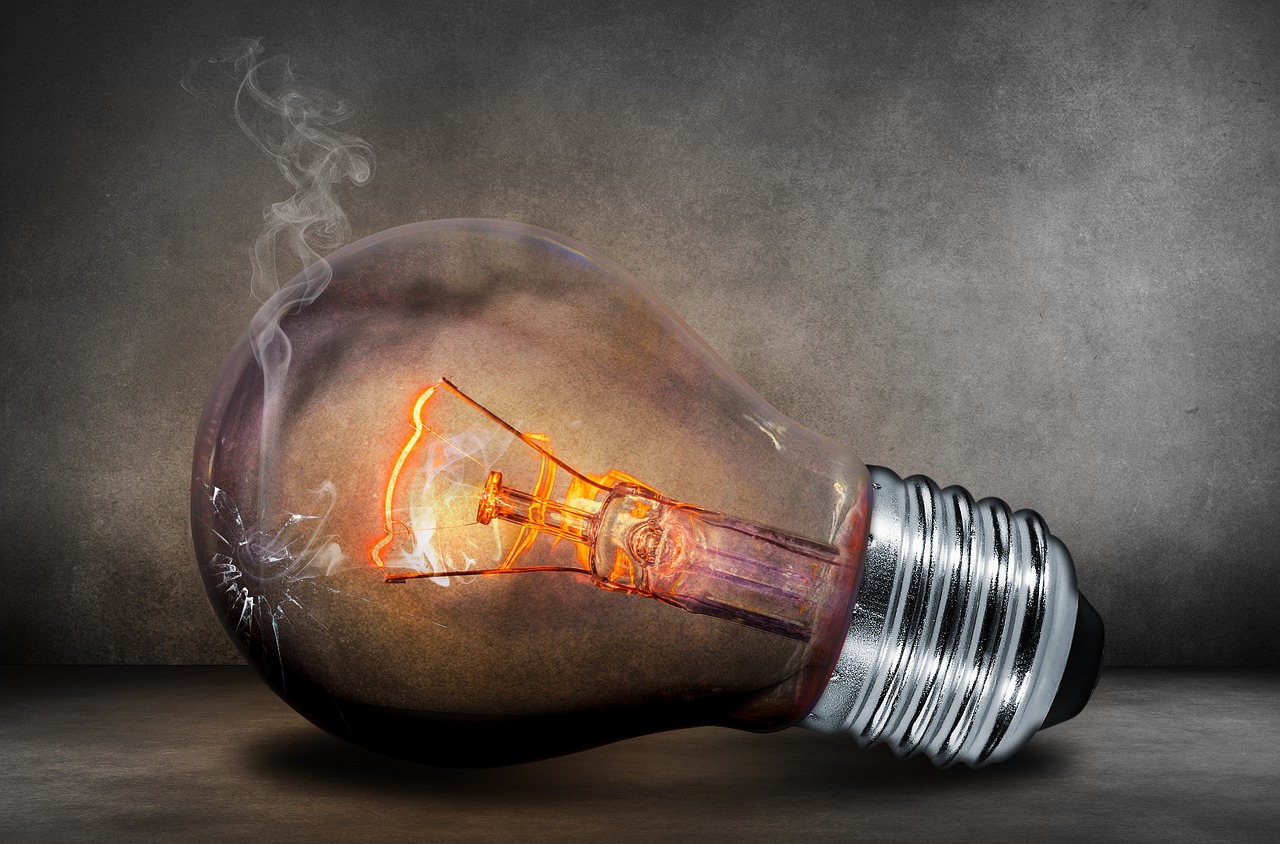Ceiling lights are a crucial part of any indoor space, be it homes, offices, or commercial buildings. They provide illumination, warmth, and ambiance to the area, making it comfortable and appealing. However, like any other electrical fixture, they require maintenance to keep functioning efficiently and safely. In this essay, we will discuss how to maintain ceiling lights and ensure their longevity.
1. Regular Cleaning
The first and foremost step in maintaining ceiling lights is to clean them regularly. Dust and dirt tend to accumulate on the surface of the fixtures over time, which can hamper their functioning and reduce their lifespan. Hence, it is crucial to dust them with a soft cloth or brush at least once a week. For hard-to-reach areas, use a ladder or a step-stool, but ensure to follow safety guidelines.
In addition to dusting, it is essential to deep clean the fixtures periodically. Remove the light bulbs and covers and wash them with mild soap and water. Avoid using abrasive cleaners or chemicals that can damage the surface or lead to discoloration. Similarly, wipe the inside of the fixtures with a damp cloth or vacuum to remove any debris or spider webs.
2. Replace Light Bulbs
Another critical aspect of maintaining ceiling lights is to replace the light bulbs when they burn out. Old or damaged bulbs can cause flickering, dimming, or buzzing, which can be not only irritating but also a potential fire hazard. Moreover, using high-wattage bulbs than recommended can overload the circuit and damage the fixture.
Hence, it is advisable to replace the bulbs with the same wattage and type as the manufacturer recommends. Check the fixture’s label or manual for the required specifications. Similarly, avoid touching the new bulb’s surface with your fingers, as the oils on your skin can shorten the bulb’s lifespan or cause it to blow out.
3. Check Wiring and Connections
The wiring and connections of ceiling lights are crucial for their safe and efficient operation. Loose or damaged wires can cause sparks, shorts, or electrical shocks, which can be dangerous. Hence, it is advisable to check the wiring and connections periodically, especially if you notice any unusual behavior or sounds from the fixture.
Turn off the power supply to the fixture before checking the wiring or connections. You can use a voltage tester to ensure that no current is flowing through the wires. Next, inspect the wires for any signs of fraying, cracking, or burning, and replace them if necessary. Similarly, check the connections for looseness or corrosion and tighten or clean them if required.
4. Inspect the Mounting
Ceiling lights are mounted on a fixture box or a junction box, which should be securely attached to the ceiling joists or beams. A loose or unstable mounting can cause the fixture to wobble or fall, which can cause damage to the ceiling or injure someone.
Hence, it is advisable to inspect the mounting of ceiling lights periodically, especially if you notice any movement or instability in the fixture. Check the screws or bolts that hold the fixture box or junction box to the ceiling and ensure that they are tight and in good condition. Similarly, check the ceiling joists or beams for any signs of damage or deterioration, such as cracks or sagging, and repair them if necessary.
5.Hire a Professional
If you are not comfortable or confident in maintaining your ceiling lights, it is advisable to hire a professional electrician. A qualified electrician can inspect, repair, and maintain your ceiling lights, ensuring their safe and efficient operation. Moreover, they can also provide you with useful tips on how to use and care for your fixtures, such as how to prevent overheating or how to upgrade to energy-efficient bulbs.
Conclusion
Ceiling lights are an integral part of any indoor space, and maintaining them is crucial for us.
